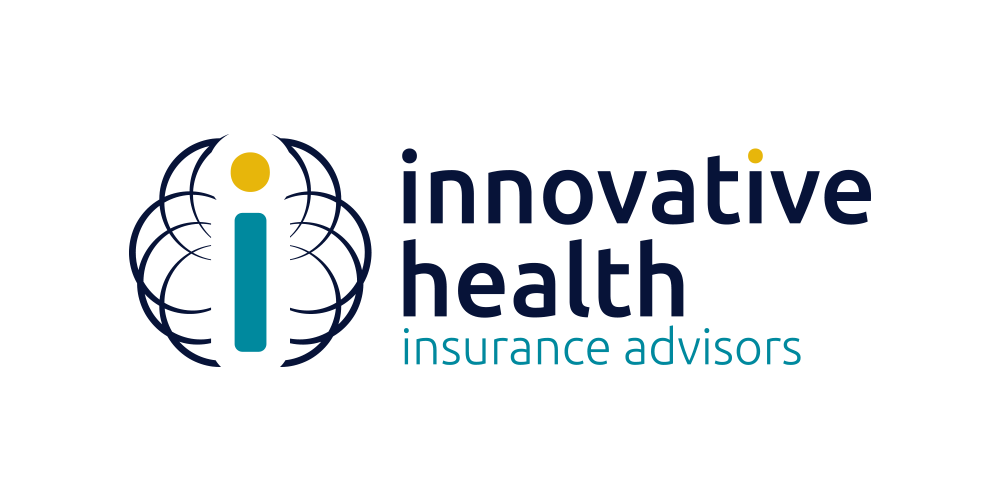What is the Difference Between Fully Insured and Self-Insured Health Plans?
In today’s complex healthcare landscape, having access to adequate health insurance coverage is of utmost importance. Health insurance provides individuals and families with financial protection against the high costs of medical care, ensuring that necessary treatments, medications, and healthcare services are accessible when needed. It offers a sense of security and peace of mind, safeguarding individuals from potential financial burdens that can arise from unexpected medical expenses.
Overview of the Two Primary Types of Health Plans: Fully Insured and Self-insured
When it comes to health insurance options, there are two primary types: fully insured and self-insured health plans. Understanding the differences between these two options is crucial for individuals, employers, and organizations seeking the most suitable coverage for their needs. Fully insured and self-insured plans differ in terms of how the plans are structured, who assumes the financial risk, and the level of control employers have over the plan design and administration.
Fully Insured Health Plans:
Fully insured health plans are the more traditional and common type of health insurance arrangement. In this model, employers contract with an insurance company or carrier to provide healthcare coverage to their employees and dependents. The insurance company assumes the financial risk associated with providing coverage, including paying claims and managing the plan’s administrative functions.
Under a fully insured plan, the employer pays a fixed premium to the insurance company based on factors such as the size of the group, location, and the health profile of the employees. Premiums are usually paid on a monthly or annual basis, providing employers with predictability in their healthcare costs. The insurance company sets the premium rates and determines the coverage options and benefit levels.
One advantage of fully insured plans is the stability they offer in terms of cost. Employers know in advance what their premium costs will be, which aids in budgeting and financial planning. However, this stability comes at the expense of flexibility and control over plan design. Insurance companies may impose certain limitations and restrictions on coverage, such as pre-authorization requirements for specific medical procedures or limitations on access to certain specialists or healthcare providers.
Self-Insured Health Plans:
Self-insured health plans, also known as self-funded plans, take a different approach. In this model, employers assume the financial risk for providing healthcare coverage to their employees. Rather than paying premiums to an insurance company, employers set aside funds to cover the cost of claims and other administrative expenses. Employers may choose to work with a third-party administrator (TPA) to handle claims processing and other administrative functions.
One of the primary advantages of self-insured plans is the potential for cost savings. Since employers assume the financial risk, they can potentially save money if the actual claims experience is lower than anticipated. Additionally, self-insured plans provide employers with greater flexibility and control over plan design. They can customize the plan to meet the specific needs of their workforce, implement wellness programs, and have direct access to claims and utilization data.
However, self-insured plans also come with risks. If claims exceed the anticipated amount, employers may face significant financial burdens. To mitigate this risk, employers often purchase stop-loss insurance, which provides protection against catastrophic claims expenses.
Main Differences Between Fully Insured and Self – Insured Health Plans
Overall, the main differences between fully insured and self-insured health plans can be summarized as follows:
Financial Risk: In fully insured plans, the insurance company assumes the financial risk associated with providing coverage, while in self-insured plans, employers take on the financial risk themselves.
Premiums: In fully insured plans, employers pay fixed premiums to the insurance company, whereas in self-insured plans, employers set aside funds to cover the cost of claims and administrative expenses.
Plan Design and Control: Fully insured plans offer less flexibility and control over plan design since insurance companies determine coverage options and benefit levels. Self-insured plans provide greater customization and control over plan design, allowing employers to tailor the plan to meet the specific needs of their workforce.
Cost Considerations: Fully insured plans provide stability and predictability in costs, as employers know in advance what their premium costs will be. Self-insured plans offer potential cost savings if claims experience is lower than expected, but employers bear the risk of higher-than-anticipated claims expenses.
Limitations and Restrictions: Fully insured plans may come with limitations and restrictions imposed by the insurance company, such as pre-authorization requirements or limitations on provider networks. Self-insured plans offer more flexibility in provider choices and plan customization, depending on the employer’s preferences and needs.
Administrative Responsibilities: In fully insured plans, the insurance company handles claims processing and plan administration. In self-insured plans, employers may choose to work with a third-party administrator (TPA) to handle administrative functions.
Understanding these distinctions is crucial for individuals and employers in choosing the most suitable health insurance option. Fully insured plans offer stability and simplicity but come with limited control. Self-insured plans provide flexibility and potential cost savings but require careful risk management and administrative oversight. Employers should evaluate their specific needs, resources, and risk tolerance to determine the best approach to healthcare coverage for their organization.
Still Have Questions?
We serve employers who want to offer their employees affordable benefits. We simplify the complexity of providing those benefits and ensure compliance with the Affordable Care Act. We provide affordable benefits for the everyday person. We are different because of our personal service, speed of implementation, and innovative approach to providing benefits coverage.
Learn more about us and our services, here.



